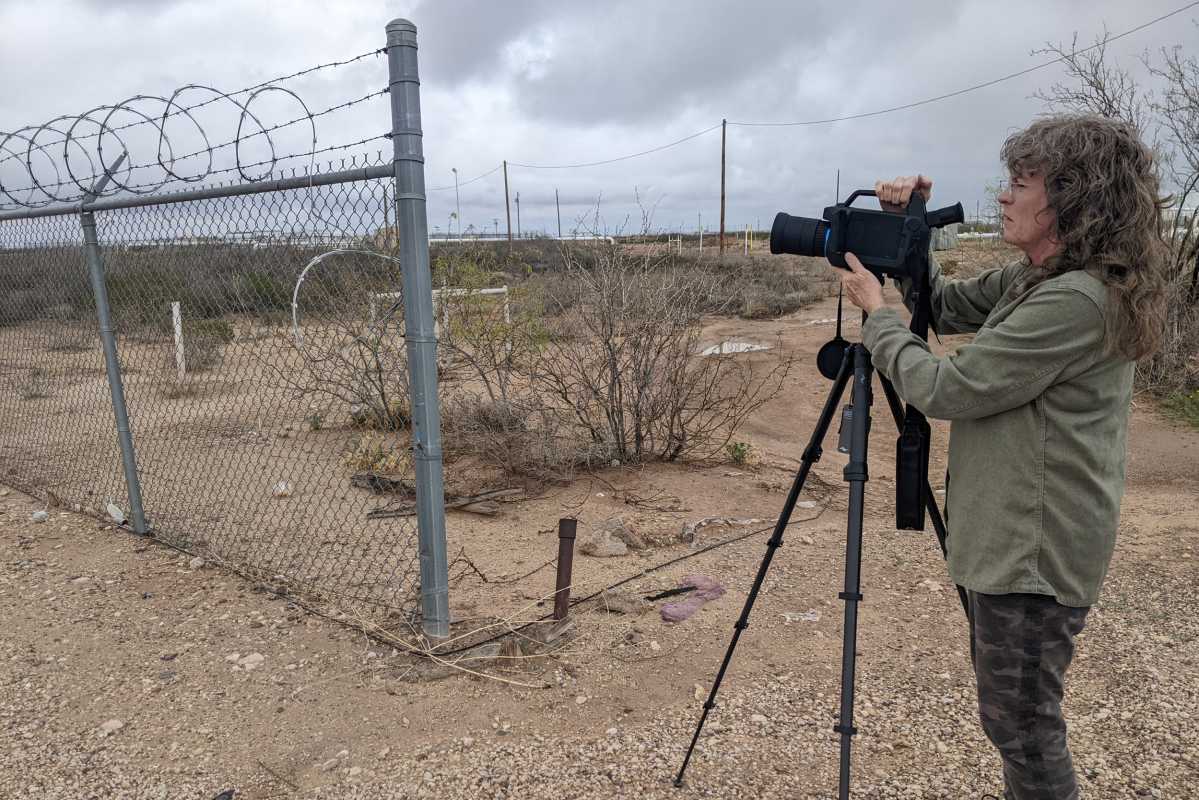Business
Methane Emissions Surge in Texas Permian Basin as Natural Gas Prices Plummet

Sharon Wilson from the non-profit Oilfield Witness recently captured a surge in methane emissions at the ONEOK Coyanosa station in the Texas Permian Basin using her Optical Gas Imaging camera.
Amid plummeting natural gas prices, which dipped below zero at the Waha Hub, companies are resorting to increased venting and flaring practices due to limited pipeline capacity.
The Texas Permian Basin, the largest methane emitter in the U.S. oil and gas industry, faces significant climate change challenges as methane’s potency as a greenhouse gas surpasses that of carbon dioxide.
Companies in the Permian Basin often flare natural gas when unable to transport or sell it, leading to harmful air pollutants and health hazards.
Regulatory bodies like the Railroad Commission of Texas allow exceptions to flaring through State Rule 32, but the Environmental Protection Agency‘s new methane emission rules could eventually prohibit routine flaring.
Challenges by Texas and other states regarding the federal methane rule might delay its implementation, affecting efforts to curb emissions.
Experts predict a gas production growth exceeding takeaway capacity in the Permian Basin, with companies potentially opting to flare gas rather than halt drilling activities.
The situation is exacerbated by a surplus of gas, pipeline maintenance, and fluctuating demands in the market.
While the Railroad Commission and TCEQ oversee emissions in Texas, New Mexico’s Oil Conservation Division monitors methane flaring within the state’s regulations.












